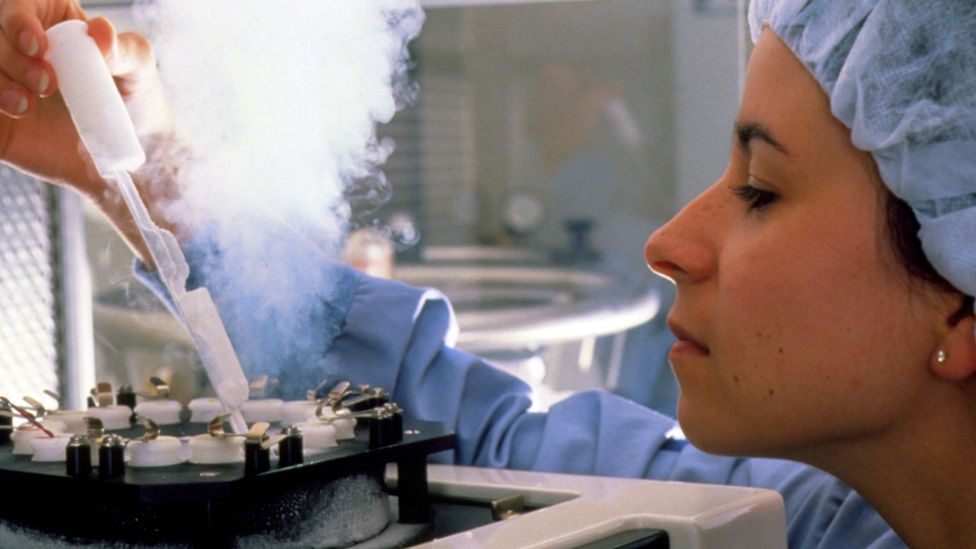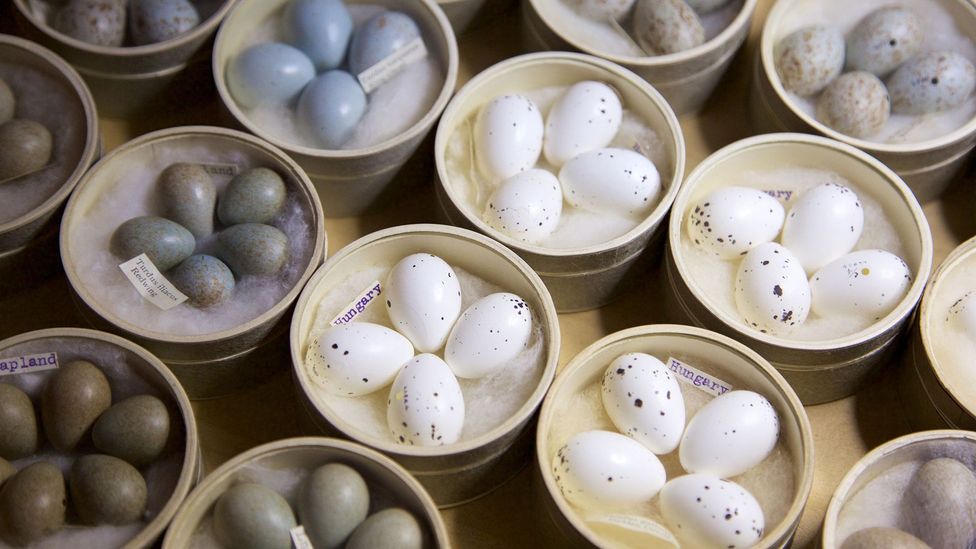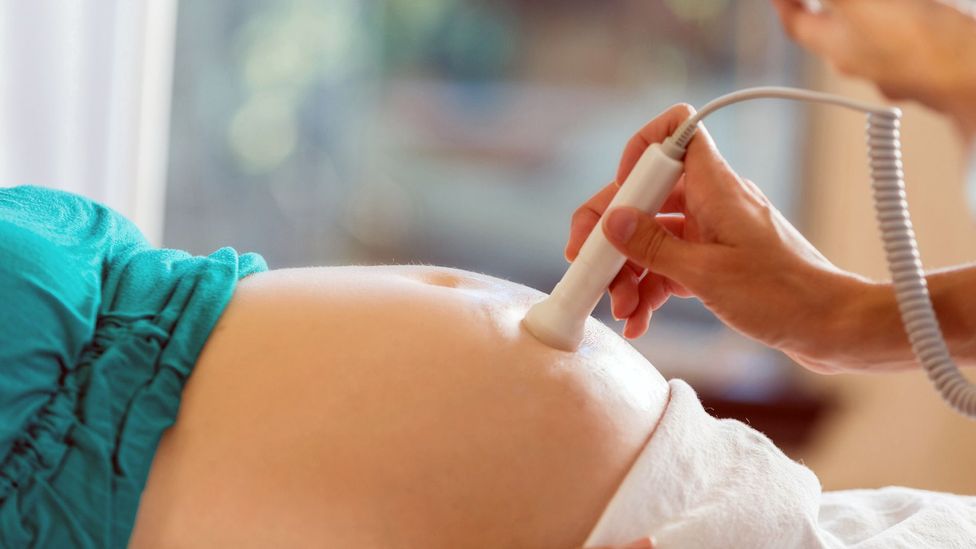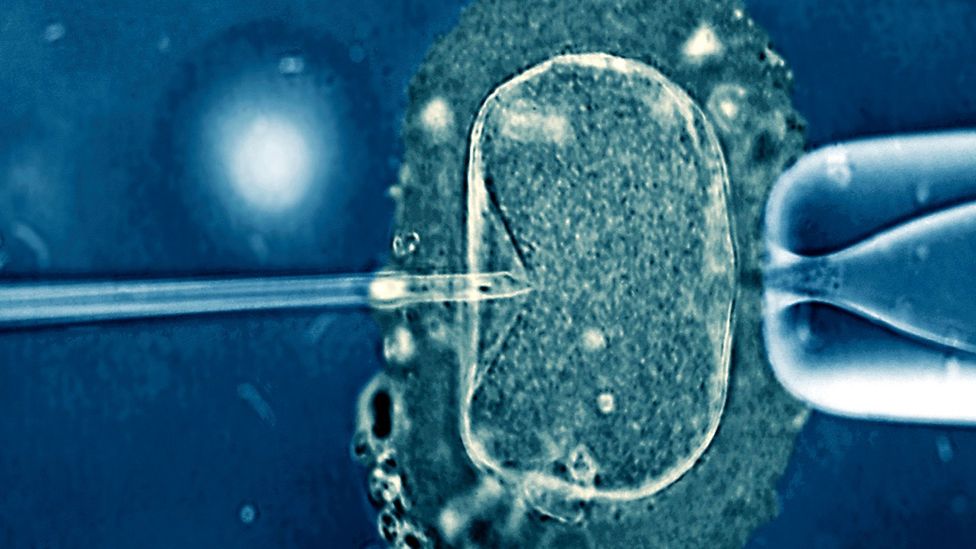A LOT of people will relate to the parents in the first two episodes. You know the drill: you spend time preparing a delicious, nutritious meal, only for the kids to turn their noses up at it as soon as they sit at the table. Out of desperation, you end up giving them the dishes you know they will eat. In the first two episodes of Eat Well For Less, the parents often resort to ultra-processed dishes or takeaways just to make sure the kids get some food down them. But Chris and Gregg suggest a change of tack. By getting the kids involved in making the dishes and teaching them how to follow a recipe, they feel more invested in the dish and are excited to eat it and get positive feedback.
We also see them quickly adapt to healthier snacks rather than shop-bought confectionery. Chris tells us: “Lots of great recipes are sweet, but not nearly as sugary as shop-bought confectionery. And if you make it yourself, you know exactly what’s in it!
“Make sure you have healthy snacks ready to graze on, that will hopefully help reduce the hunger and then stop you reaching for the biscuits or chocolate. With my children, I know if I was to chop up some fruit and veg and put nuts out, they would eat them happily. But they will eat a lot less if I don’t prep it!”









